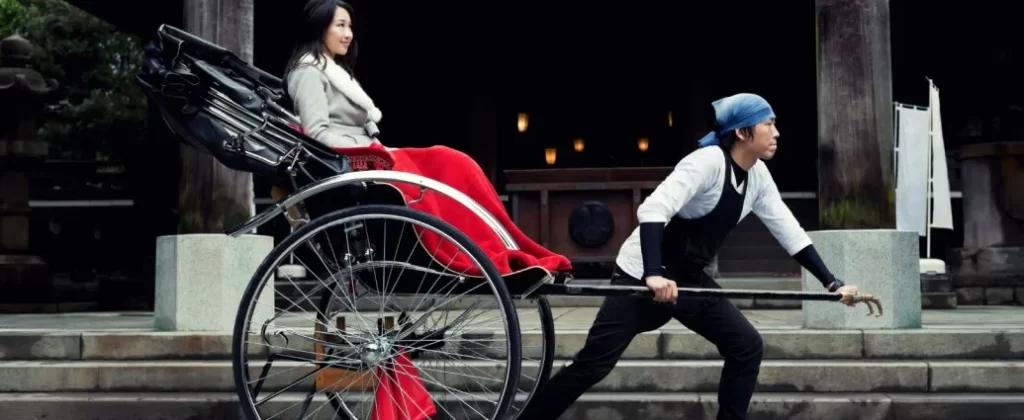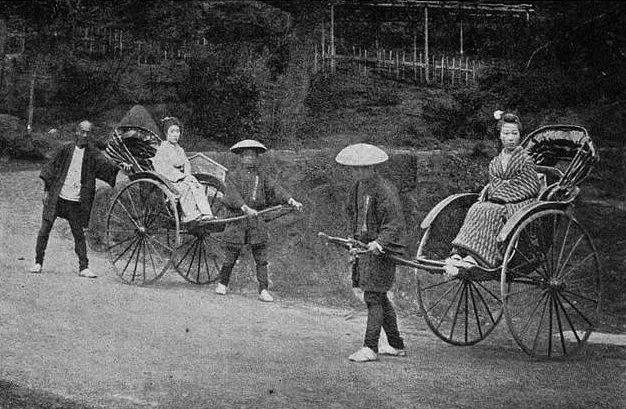Rickshaws in Japan: A centuries-old tradition
Japan’s Rickshaws Are a Centuries-Old Tradition
Japan is known for its rich history and unique traditions, and one of them is the rickshaws.

Japan is known for its rich history and unique traditions, and one of these is the rickshaws (人力車). These human-powered carts have been a part of Japanese culture for over a century, and remain a popular tourist attraction today. In this article, we will explore the history of rickshaws in Japan and how they have evolved into a modern form of transportation.
This post was created at Otakudoomo and has been reproduced with their consent.
History of Rickshaws
The history of rickshaws in Japan dates back to the 19th century, when they were first introduced by Chinese traders. These human-powered carts were a convenient alternative to the palanquins previously used for transporting people. Rickshaws quickly became popular due to their ease of use and ability to navigate narrow, congested streets.

Modernization of Rickshaws
With the advent of technology and the development of motorized means of transport, rickshaws gradually lost popularity. However, instead of disappearing completely, there was a modernization of rickshaws in Japan. Today, rickshaws are equipped with electric motors that help the pullers move around more easily.
A present-day attraction
Despite modernization, rickshaws remain a very popular tourist attraction in Japan. Many visitors enjoy the experience as a tourist attraction in areas such as Asakusa in Tokyo or Higashiyama in Kyoto. This mode of transportation offers a unique perspective of the city, allowing passengers to admire cityscapes and historic sites while traveling in a traditional way.The appeal of rickshaws is not limited to their historical legacy. They attract the attention of even Japanese women, who are drawn to this profession through social media. This trend demonstrates their ability to transcend the barriers of time and captivate new generations.
In conclusion, rickshaws in Japan represent a centuries-old tradition that has been able to adapt to modern times. These human-powered carts have evolved to become a popular form of tourist transportation, offering visitors a unique experience and a look into the past and present of Japanese culture. If you visit Japan, you cannot miss enjoying a rickshaw ride and immersing yourself in this fascinating tradition.
Original Source: Otakudoomo
Sources: Wikipedia, Learning English, Rails and ferradures, Ebisuya


